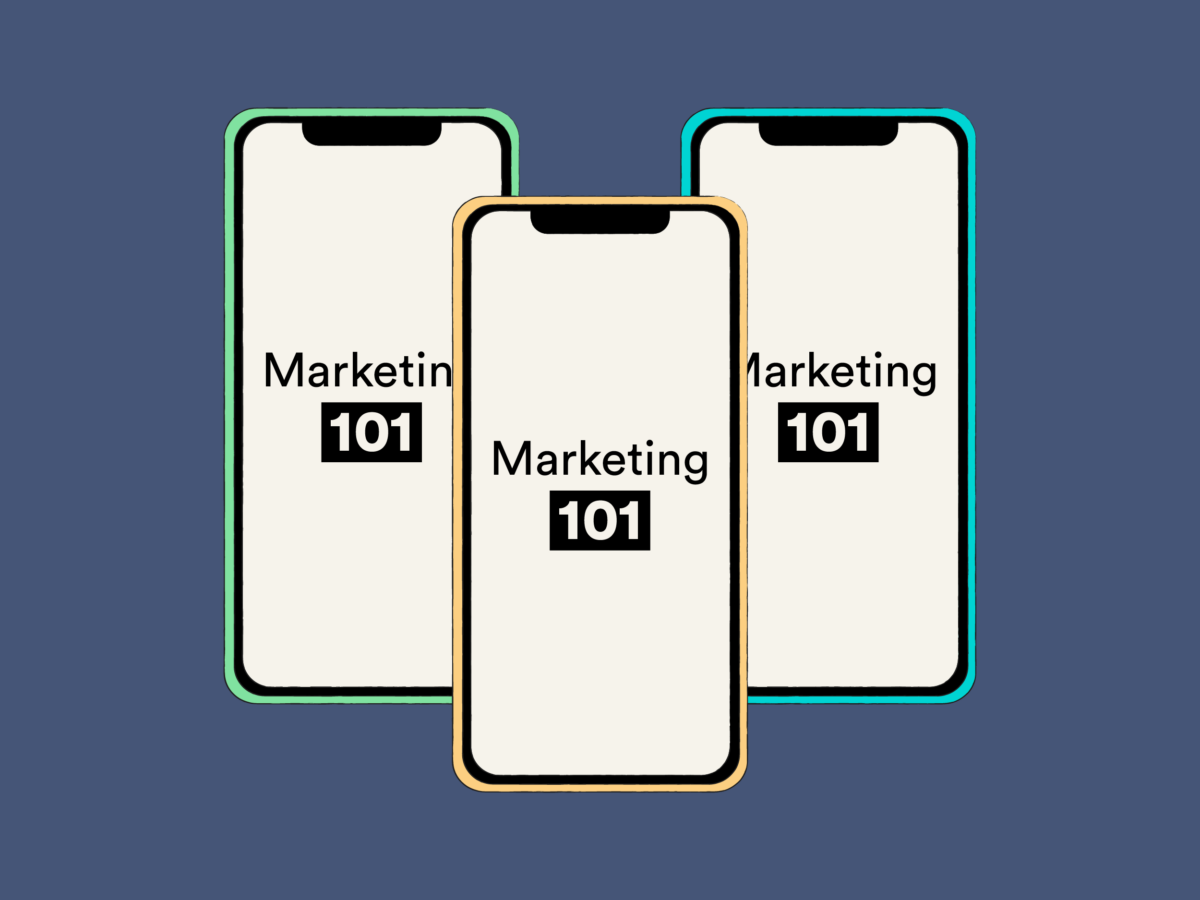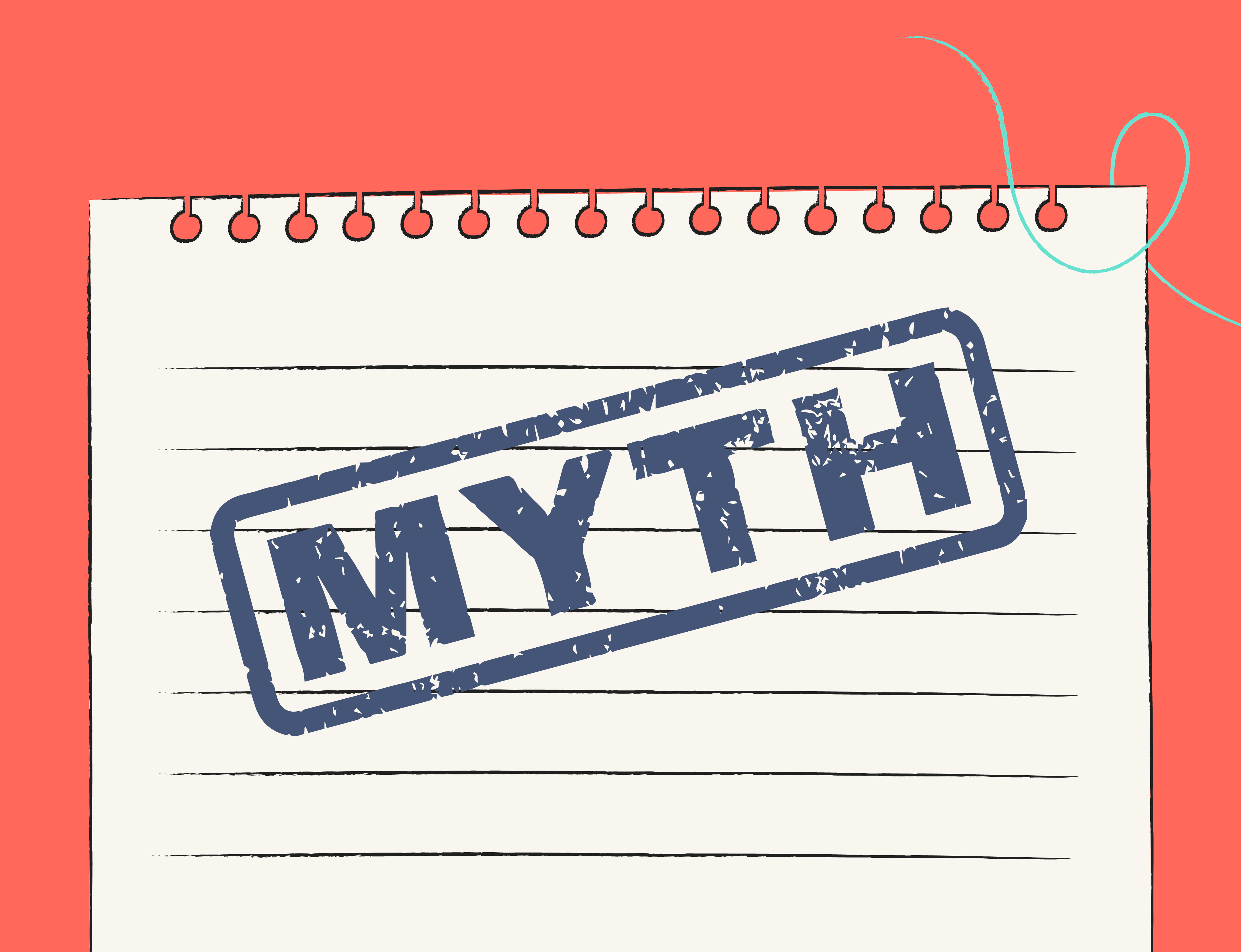A strong marketing team is an essential component of any workplace. These are the people who help drive sales, increase brand awareness, and tell your story in the most imaginative and authentic way possible.
Depending on the size of your business, you could have one person or dozens of people working in your marketing department. To make their lives an awful lot easier, it’s a great idea to develop a branding book or e-book. This will be a vital source of information where your team members can go to learn everything they need to know about your marketing strategies, branding choices, and the story you want to tell.
Alternatively, you might have a lot of information you want to share with the business world. Developing your own marketing ebook can solidify your place among your peers as a source of valuable insight, which both helps you and the people around you.
If you’ve never come across these concepts before, then consider this your whistle-stop tour. We’ll be looking at how you can go about creating your own branding and marketing ebooks, what you should put into them, and what the benefits are when it comes to using them.
Ready? Let’s dive in!
What is a branding and marketing ebook?
There are a lot of details that go into creating your physical and online branding. For new designers, it can be hard to get to grips with it all in a short amount of time.
It should be a complete guide for all your design and branding choices, and provide a direct port of call for any questions they may have in the future.
Using a free ebook that your employees can regularly and easily access will:
- Help with their onboarding
- Assist freelance designers and marketers you work with
- Maintain the consistency of any digital marketing content your brand produces
On a larger scale, many companies produce ebooks like they do with white-papers, creating them as a source of knowledge for others. In these cases, ebooks are designed to help other companies improve their own branding and content marketing efforts by providing relevant, insightful information.
These are incredibly useful for small businesses to read when they’re just starting out, as it will help them craft a branding that isn’t too complicated (e.g. a simple logo, a consistent tone of voice).
Here’s an example of a template for a branding guidelines ebook which you would find circulating within a company:

Whereas these are examples of ebooks designed for inbound marketing and external knowledge, created by HubSpot:

Creating a branding ebook
The process of creating a branding and marketing guide for your teams to use isn’t necessarily a tricky one, but it does require a lot of coordination and planning.
You want anyone to be able to read your e-book and immediately understand your company’s branding practices and marketing campaign strategies. It should be the first port of call for any new marketing and designing hires, acting as a beginner’s guide to the visual logistics of your business.
Seems pretty straightforward so far, right?
But this means providing a lot of care and attention to make sure nothing is left out.
You need to gather all of the resources you have in place and compile them in a succinct, clear format that is accessible to anyone who needs them. So, right from the start of your business’s life, make sure you hold on to any bits of information regarding your style choices that would be useful for people to know.
What goes into it?
Think of an ebook like an extended white-paper; you’re following a similar format, but there are a few extra steps to put in place. Let’s take a look at some of the essential components you’ll need.
For any type of marketing or branding ebook, you’ll need:
- A clear title: Starting things off, you’ll need a clear title so marketers and freelancers know they’re in the right place. Make sure you differentiate any ebooks you have, and make them as distinctive as possible from one another.
- Contents page: People don’t want to scroll through a digital book for ages trying to find the right bit of information they need. A contents page will help everyone navigate their way quickly and efficiently. It also gives some insight into what’s in the ebook, and how you’ve decided to lay it out.
- Clearly defined chapters: Similarly, all your chapters should be clearly labeled. Don’t just say “Chapter 3” – that doesn’t help anyone. Use direct language such as “Chapter 3: Designing a Logo” to help expedite the navigation process.
- General information about your brand: There should be a section near the very beginning of your ebook answering the Who, What, Where, When and Why questions about your brand. This can include your mission statement or basic information about your core values which you can then expand on later. For anyone just starting out with you, or any external contractors you’re working with, it will let them know the basics and inform them on how to proceed.

For external use (ebooks that you plan to sell or provide as guides to other businesses), make sure your ebooks have:
- Educational content: Your ebook content isn’t there to persuade people to buy a product – it’s there to inform them of correct and helpful business practices. Make sure your writing leans more towards the informative side, and the quality content will speak for itself. You’ll find that lead generation will probably be the same, if not better, when you deliver valuable, relevant information that provides results.
- Case studies: These will help show how your information is applicable and useful. When it comes to branding style guides, you can demonstrate how a rebrand helped with your digital marketing strategy and whether it appealed more to your target audience and boosted sales as a result. For external marketing ebooks, tailored towards providing information for other brands, you can show how your practices made an impact, and demonstrate the steps needed to create similar results.
For designers and internal use, consider:
- History of previous design choices: For prospective designers, it may be useful to show the decisions that led you to where you are today. This is also useful in case you wish to rebrand and return to your roots, as was the case with Burger King.
- Fonts: Your use of fonts can be just as iconic as your logo – just look at Disney. They’ve copyrighted the font they use, making it totally unique to their brand. Think about what the font you use says about you. It’s also good practice to never use more than three types of fonts – one for the title, one for the subheadings, and one for the main text.
- Color palettes: Color theory will help dictate what type of color you use for your brand, so think about what message you want to convey. Design a simple color palette that you can use in all of your material; laying it out clearly on one page with mixed-and-matched variations will help you to see if anything clashes.
- Measurements: There’s a shocking amount of precision that goes into creating the perfect logo. It’s a combination of math and psychology, designed to provoke the best reaction possible from potential customers. But there’s also a lot of unrealised psychology when it comes to formatting and laying out words on a page. Have you ever looked at a piece of advertisement and thought it looked too crowded or too bland? Did the design seem uninteresting and uninspired? Make sure there’s room for your text to breathe. You don’t need to throw in all of your information onto a page at once.
Take a look at the (old) Twitter logo, for example. The entire design is made from looping circles to create a smooth, visually appealing mascot.

Ebook marketing strategies
When it comes to promoting external ebooks, i.e. those designed to help others rather than just help your marketing team, there are several useful strategies you can implement to give it the greatest chance of success. The majority of these are essential components to your normal content marketing strategy, so see how you can creatively incorporate it into your output.
Utilize social media to build hype
It’s a big task, writing a book. There’s an awful lot of time and effort that goes into it, so you want to give it the best and biggest reception possible. Social media marketing is the way to go.
By now, you should hopefully have a decent following on your social media platforms. If not, or if you’re looking for a sudden boost of engagement, you can always use paid advertisements to get yourself seen, like with facebook ads or sponsored slots on Google’s search engine results page (SERP).
Because ebooks are often more formal than other types of content, it’s useful to also promote them on more formal marketing and business engagement platforms such as LinkedIn. The nature of this platform means that the followers of anyone who engages with your post will also see it, which therefore spreads significantly more awareness of your brand.
By announcing a release date before the actual product launch, you can build anticipation for the day rather than suddenly publishing your ebook unannounced. This gives more time for awareness to generate, which hopefully leads to a more successful launch day. You could also talk about it on podcasts or in videos to help spread the word as much as possible.

Incorporate it into your email marketing
Many businesses use email marketing to regularly provide information, discounts, or early access releases to their subscribers. You could do the same thing with your ebook, and incorporate it or news about it as part of an email newsletter which would help to generate attention.
Offering a free ebook to your email list which may otherwise have to be paid for incentivises people to sign up. This is particularly useful if your content is tailored more towards business owners and B2B interactions, rather than the general public.
If you’ve created an information-dense ebook you would prefer people paid for, then you could include the first few pages or a chapter of the book in these emails as a form of lead magnet.
Make use of SEO
SEO (Search engine optimization) is an essential part of any marketing strategy, as it helps increase your visibility on Google’s SERP.
When writing your ebook, ensure you conduct thorough keyword research to give yourself the best chance of ranking online organically if you decide to publish your work on the internet for free.
Be clever and creative with your content
Just because it’s called an ebook doesn’t mean it has to be formatted like a traditional print book. A magazine would better fit the description, since you should utilize infographics, pictures, and interesting displays as much as possible. This helps make your content significantly more engaging and digestible.
Additionally, the use of graphics gives other marketers clear snippets which they can use in their own content that then link back to you and your original work.
You can also repurpose old materials you may have used in previous marketing campaigns or in blogs to help bulk your ebook, if they provide useful information it’s important for people to know. The beauty of digital books is that you can then link back to your original article, which then helps your flow of article traffic.
Always incorporate a CTA
A CTA (call to action) inspires people to go one step further, and gives them a purpose or direction when it comes to interacting with your content. At the end of your ebook, you should include a CTA which could encourage your readers to:
- Check out more of your content/other ebooks you’ve written
- Provide feedback
- Subscribe to additional material listed in your ebook which can help their marketing journey
- Get in contact and let you know how your information has helped them succeed
Benefits of making your own branding and marketing ebooks
If you’ve got the time to spare, then creating your own marketing and branding ebook is a worthwhile investment.
Depending on whether you focus on creating a branding style guide for your own company’s use, or if you want to share your knowledge with the world, here are the benefits you can expect to reap from creating an ebook.

- Not a physical resource: Due to being an online/digital resource, there are a lot fewer associated costs. It’s easier to produce, edit, and distribute as a result. For style guides, whenever changes are made to your company, you don’t have to republish it – you can simply update the relevant pages. Additionally, for external marketing guides, it’s easy to issue updated volumes to interested parties which can then be shared around much more freely than you can with a physical book.
- Easily accessible: Ebooks can be accessed anywhere, by anyone. If your resource is a lot larger and you wish to make money from it, you could have it available for download on Amazon’s Kindle. For smaller ebooks or ones you’re not looking to make a profit on, they can be shared as PDFs on your website or on social media.
- Quick navigation: One drawback of many online resources is the lack of anchor links and easy navigation. If you make sure to do this, then your readers will be a lot more satisfied. Linking on the contents page or index can direct people anywhere in the book instantly. This is particularly important for design teams when they need to access things quickly to make important design choices for your marketing materials.
All ready to go?
So, whether you’re a marketing agency, an individual with a lot of industry knowledge, or a company looking to improve the design process for your branding teams, developing an ebook may be the next route you want to take in your journey.
Having all of your information in one readily accessible place will make the lives of everyone around you so much easier. Gone are the days of hunting through filing cabinets or sending hundreds of emails to find one crucial piece of information. Now you can keep it all safely contained in a single, easily shareable document.










